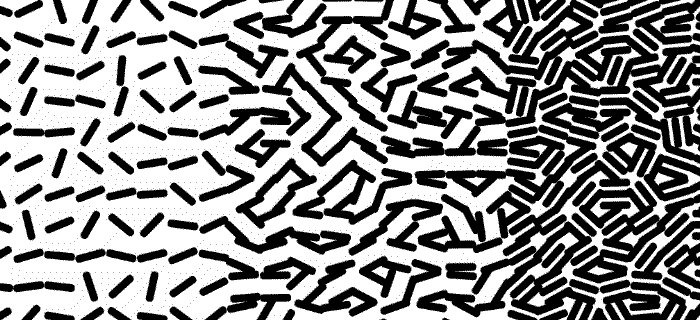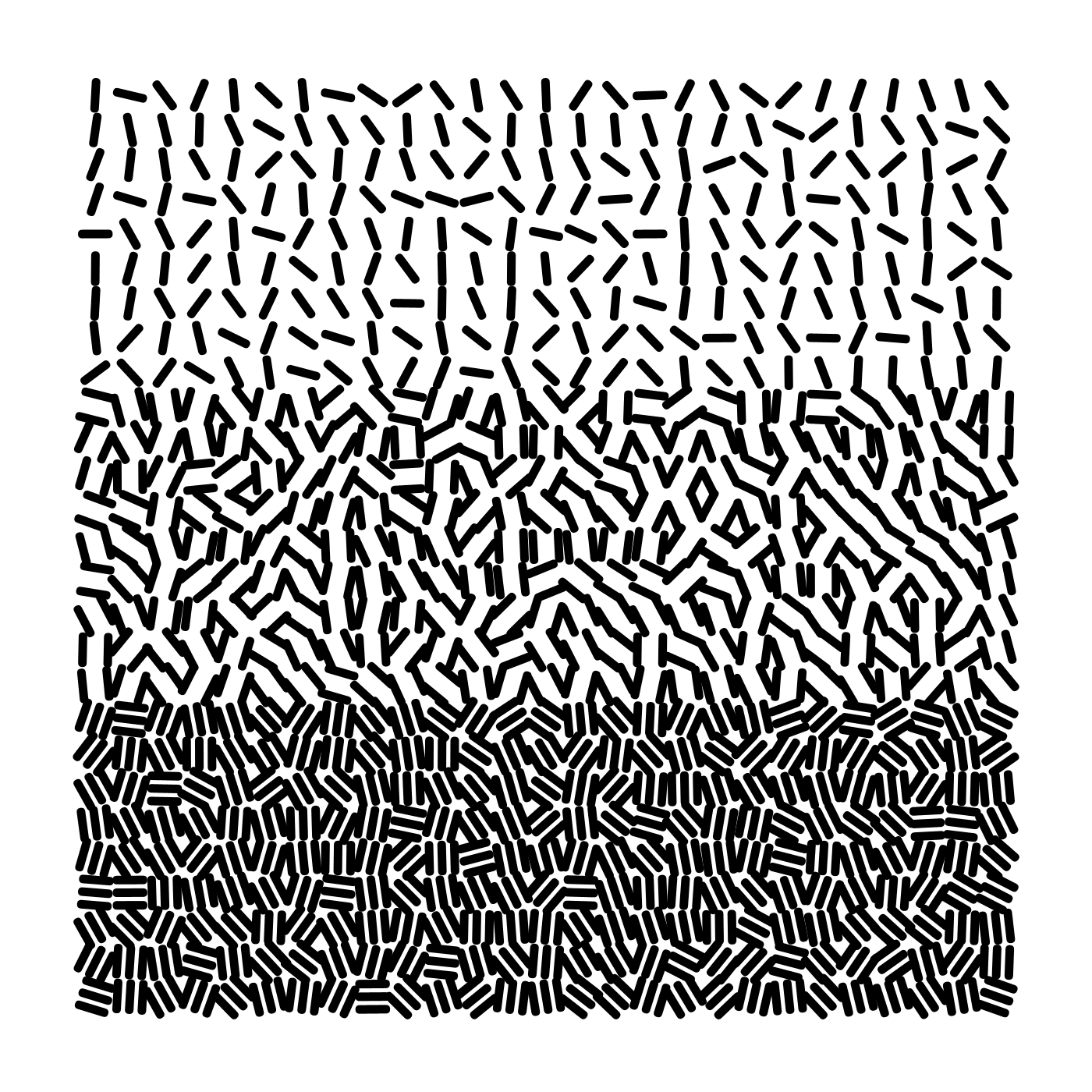
What generative art means to me.
3 minute read
-
, last edited
What is this generative art thing I'm talking about? In this article I try to describe what the term means to me and bring you along on how I re-coded a work from Vera Molnar's exhibition "Comprendre, c’est transformer".
These days, when you hear 'generative art', it's easy to confuse the term with 'generative AI'. Especially as the latter seems to be all over the internet these days. Even though I find the applications being built on top of generative AI, like ChatGPT and StableDiffusion quite impressive at the very least, that's not what I'm on about. A very interesting topic, but one for another time.
So then, what am I talking about? Well the definition for generative art that I have in mind is a bit older and can be found on the generative art wiki:
Generative art refers to art that in whole or in part has been created with the use of an autonomous system.
A rather broad definition still, I agree. In fact, by this definition anything that comes out of Dall-E or MidJourney could also be considered generative art. Well, let's refine that definition a bit. See, for me the autonomous systems I'm interested in are rather specific. Not specific in what they could be or do, but specific in how they're built. I want to build automated systems that make art using code. And robots, too.
Ever since I started my career as a developer, I've had my eye on that corner of the art world that was feeling the same excitement about technology as I did. Projects like processing made me giddy and people like Casey Reas or John Maeda were my idols. Fast forward two decades and the world around creative coding has only grown stronger. What better time than now to get off my cozy sideline bench and out there, I thought. So here I am. And thank you for being here with me.
So where does one start? As a writer's block translates very easily to a blank screen, for a while the answer was "you don't". Until I stumbled onto OpenProcessing. A community website built around the web version of processing, that allows you to save and display your sketches on their website and interact with other members. I got especially inspired when I discovered the Recode/Rethink curation. The concept behind that curation is that you recode another already existing work and maybe reinterpret it. I had my mission.
It didn't take long before I decide to re-code a work by Vera Molnar. She was one of the pioneers in the field so it seemed fitting that I'd also start there. One thing I also love about her work is the simplicity of a lot of the pieces. Simple yet powerful. The piece I ended up selecting was exhibited at the solo exhibition "Comprendre c'est transformer". The specific work can be viewed on the right of this picture.
Another thing I like is the fact that the only colors are black and white. I feel like adding color to a work is a huge step and I don't feel confident in going there yet. There's still so much to explore yet before we start playing with that, I think. But we'll see. Never say never.
Anyways, without further ado, here's a still frame of the recoded version:

As I mentioned earlier. Simple yet powerful. Not that complicated to implement but very interesting and teaching to do so. And a great way to meet my old friend Perlin noise again. That's a kind of random number generator that generates natural patterns and is the algorithm that provided the angles at which each set of lines is angled. If you want you can view this and the source code on OpenProcessing. Of course, here I'm not working on paper so... I had to make it wiggle, didn't I. That was the logical next step. And also something that perlin noise lends itself to beautifully.
Below is the embedded version of the sketch, but in case you can't see it here you can follow this link.
<iframe src="https://openprocessing.org/sketch/1857733/embed/?plusEmbedHash=074c1d27&userID=362930#sketch"></iframe>
If you see the sketch above here, you can click/tap it to reseed the noise field.